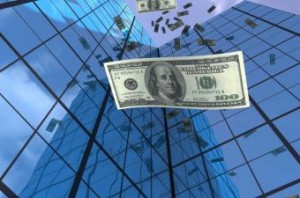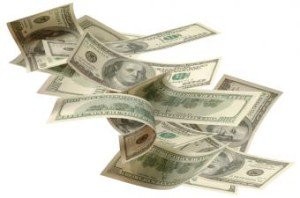 While JPMorgan Chase [1]’s net income for the second quarter stayed relatively flat from a year ago, mortgage banking income took an upward turn, according to JPMorgan Chase’s Q2 Earnings Statement [2] released Thursday.
While JPMorgan Chase [1]’s net income for the second quarter stayed relatively flat from a year ago, mortgage banking income took an upward turn, according to JPMorgan Chase’s Q2 Earnings Statement [2] released Thursday.
The bank has made some significant changes in its Mortgage Banking segment in the last few months. In December 2015, Mike Weinbach moved from the position of CEO of Mortgage Servicing to CEO of the Mortgage Banking Division. In January, Peter Muriungi was named as Weinbach's replacement as CEO of the Mortgage Servicing division.
The changes appear to be paying off so far in terms of net revenue. The Chase mortgage banking new revenue climbed by 5 percent over-the-year in Q2, from $1.83 billion up to $1.92 billion driven by portfolio growth and higher production revenue. The gains were largely offset, however, by lower servicing revenue. The income for the consumer & community banking segment in Q2 was $2.7 billion, an increase of 5 percent over-the-year.
“JPMorgan Chase continued to perform well in all of our major businesses. We saw strong underlying performance with record consumer deposits (up 10 percent), credit card sales volume (up 8 percent), merchant processing volume (up 13 percent) and broad core loan growth (up 16 percent)—particularly in mortgage and commercial real estate. Outside of energy, both wholesale and consumer credit quality remained very good,” said Jamie Dimon, Chairman and CEO of JPMorgan Chase.
The bank’s overall net income for Q2, $62.7 billion ($1.55 per share), was largely unchanged from the same quarter in 2015. It represented an increase from $5.52 billion in the first quarter of 2016.
Just three weeks ago, the Federal Reserve determined JPMorgan Chase to be well-capitalized when the Dodd-Frank Act Stress Test (DFAST) was applied [3], and the Fed also did not object to JPMorgan Chase’s capital plan under the Comprehensive Capital Analysis Review (CCAR) [4], announced at the end of June. The DFAST test reported JPMorgan Chase’s actual common equity tier 1 capital ratio—a measure of the bank’s financial strength that compares its core equity capital and its total risk-weighted assets—to be 12 percent at the end of the fourth quarter in 2015. By comparison, the Fed estimated that the bank’s common equity tier 1 capital ratio in a severely adverse economic scenario would be 8.3 percent.
“We were also pleased to increase capital return in the quarter and to receive a non-objection from the Federal Reserve for our new capital distribution plan that includes a meaningful increase in our equity buyback program,” Dimon said.
Click here [2] to view the entire Q2 earnings report for JPMorgan Chase.
